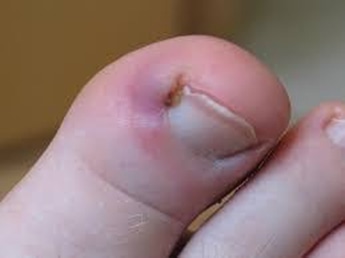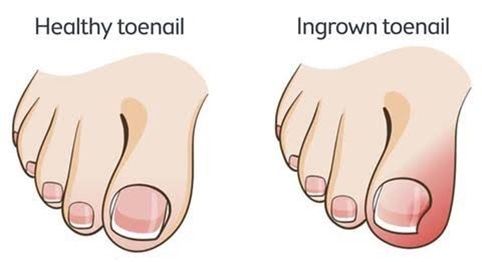What does an Ingrown Toenail look like?
Ingrown toenails have a wide spectrum of presentation. They can be very mild in their presentation or they can be very severe or fall anywhere in between. Most of the time a very mild ingrown toenail will present with very slight redness and some swelling while the more severe presentations are usually highly inflamed, with pussy discharge. Having a discussion with your Podiatrist about your ingrown toenail is important as there may be a variety of potential treatment options available to you. Having an ingrown toenail does not mean you will require and ingrown toenail surgery, it is an option and your Podiatrist will be able to discuss these with you to find suitable options.



